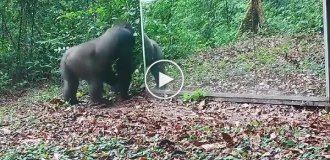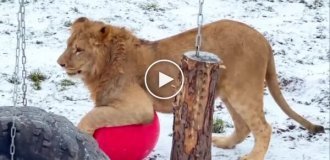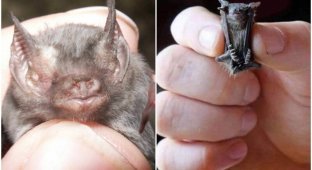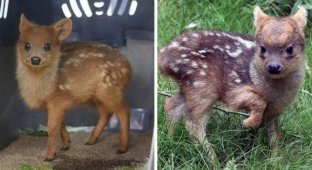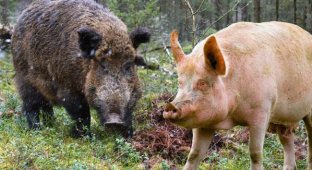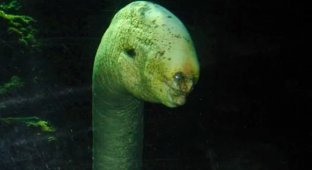What is the smallest animal on the planet? It is not so easy to give an answer to a seemingly trivial question, because among mammals the “prize winner” will be one species, among reptiles another, and so on. 
We checked what scientists say about this and share our findings. Spoiler: it is quite possible to meet a mouse weighing only a few grams. 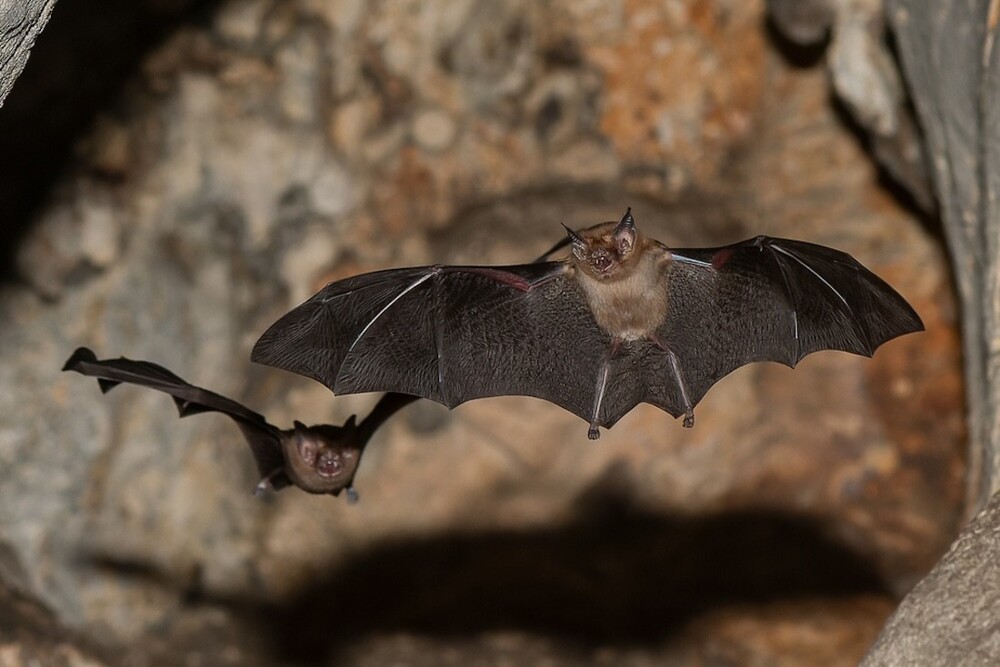
Discover Magazine and Science Focus agree: the pig-nosed bat (Craseonycteris thonglongyai) is one of the smallest animals on the planet (if not the smallest), among its class - mammals - that's for sure. These bats live only in southeastern Myanmar and western Thailand - their habitat is quite limited. The pig-nosed bat was named due to its characteristic pinched nose. Adults weigh - pay attention! - only from 1.7 to 2 grams, and their body length is no more than 30 millimeters. To simplify, many types of insects are significantly larger than them. This species is even sometimes called the bumblebee bat (again, largely due to its size). Craseonycteris thonglongyai was first talked about in the seventies of the last century at the suggestion of the Thai biologist Kitty Thonglongyi. How common are they? There is not much exact information, but we are talking about hundreds (most likely no more than five hundred) of individuals. For obvious reasons, these bats are listed on various lists of critically endangered ("vulnerable") species. 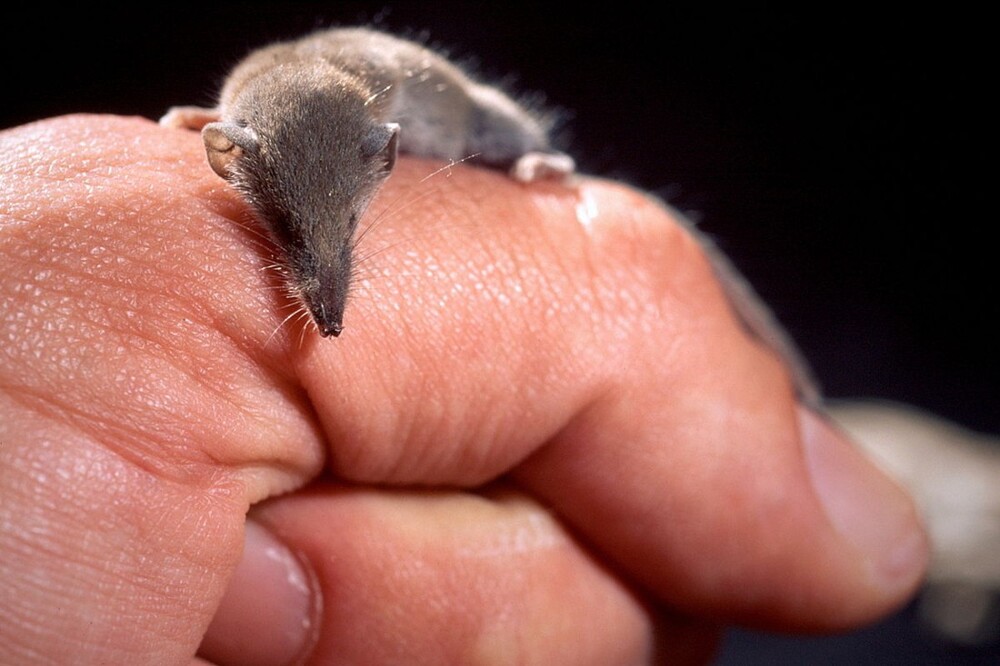
Are there any alternatives? Yes. We are talking about the dwarf shrew (Suncus etruscus). With a body length of 36 to 52 millimeters, this rodent weighs 1.5 grams. This makes it the lightest mammal on the planet - even the bat mentioned above is heavier. The habitat of the shrew is quite wide: it can be found both in the countries of Southern Europe (for example, in Portugal, Italy or Malta), and in the vast expanses of North Africa, Asia, India and several other regions. Most often they settle in various rocky cracks, foothills and on the coasts of small bodies of water. It is also known that shrews are predominantly nocturnal animals that simply need to eat heavily. According to some data, they can consume food every day that weighs one and a half to two times more than their own. Finally, the heart of such a mouse beats at a frantic rhythm - about 1500 beats per minute. 
Another tiny mammal, already belonging to the order of primates, is called Microcebus berthae. To simplify, this is an animal from the genus of mouse lemurs, which are found only in Madagascar. In length, such a lemur usually reaches a maximum of 90 millimeters and weighs about 30 grams. “Mouse lemurs are distinguished by extremely large eyes, adapted for a nocturnal lifestyle,” write Animal Diversity Web. This species lives in dry deciduous forests in the southwest of the island at an altitude of up to 150 meters. “These animals face numerous challenges in their habitat, including daily and seasonal temperature variations, seasonal food shortages, and a seven-month dry season,” the article concludes. What else is known about them? Microcebus berthae is usually solitary. They move along tree branches in search of food or a place to sleep. Such lemurs, of course, form groups, but not very often, and no dominance hierarchy has been observed among them. In addition, lemurs are capable of falling into torpor, significantly reducing their metabolic rate and body temperature. For what? Due to their changing environment, this ability is important for their survival. 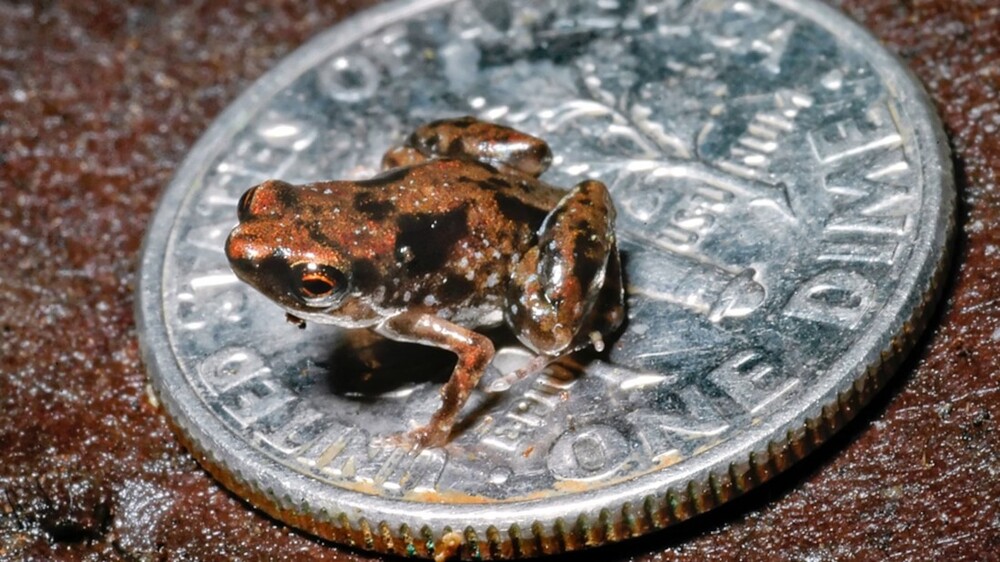
The creature's scientific name is Paedophryne amauensis. Simply put, this is a species of frog considered the smallest vertebrate in the world. As a rule, they have a spotted brown color - this appearance allows them to camouflage better. According to National Geographic, on average their body length does not exceed 7.7 millimeters. And scientists have a theory why this species has developed precisely in such “dimensions”: it’s all about their diet, or more precisely, their tendency to eat tiny invertebrates like ticks, ignored by large predators. In any case, this theory is put forward by representatives of Louisiana State University (USA). Mostly frogs of this species live in the rain forests of New Guinea. It is known that they differracial jumping abilities. Thus, Paedophryne amauensis can long jump a distance of 30 times the length of their body. 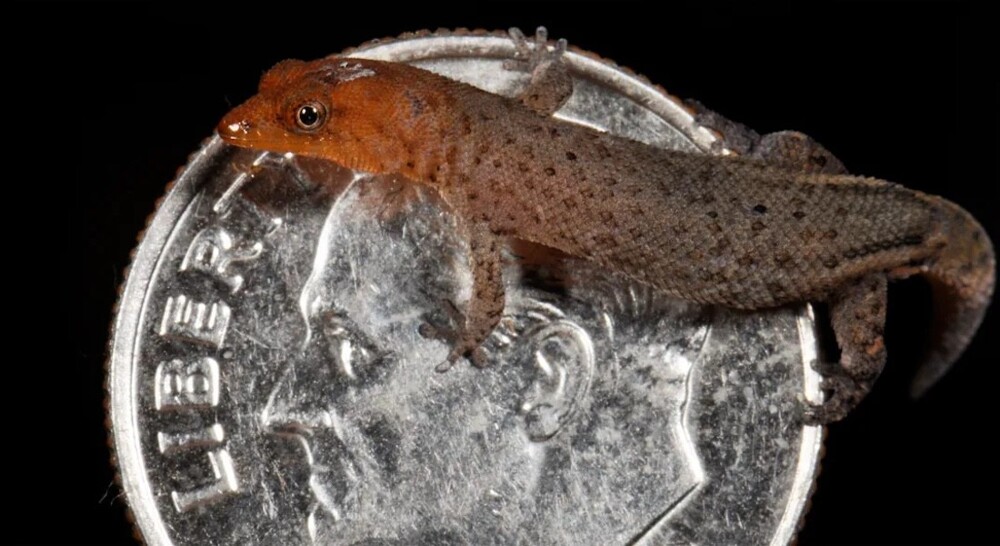
Before us is a miniature representative of the genus of round-toed geckos (Sphaerodactylus ariasae), reaching only 16-18 millimeters in length. Although “giants” with a length of 30 millimeters are also known, their weight does not exceed 0.2 grams. To give you an idea: the largest animal on the planet, the blue whale, is about 1,600 times longer and almost a billion times heavier. Geckos are also endangered due to deforestation on the Caribbean islands, and are unlikely to exist in other regions: the matter is due to the special humidity that has established itself in the national park of the Dominican Republic. “The species was described in 2001 by American evolutionary biologist Blair Hedges and University of Puerto Rico biologist Richard Thomas. It is named after the herpetologist Yvonne Arias, who made a great contribution to the development of the Jaragua National Park,” the network clarifies. 
Tetracheilostoma carlae, or Barbados snake, is named after the place where it was first discovered. It was recognized as the shortest in the world for a reason: it is believed that the length of an adult does not exceed 100 millimeters. Discover Magazine found no comparison for this fact more interesting than with a roll of toilet paper. Barbados snakes live mainly in forests, under stones or on the surface of the ground, in the grass. They feed on termites and other small insects. With the reproductive system, everything is complicated: the female lays only one egg, from which a baby emerges up to 50 millimeters long. “Little is known about the abundance and distribution of T. carlae. There are virtually no primary forests left in Barbados, but this native species likely requires forest habitat to survive, having evolved in similar environments. Given the small number of known individuals and the fact that their distribution is limited to the eastern part of Barbados, the continued survival of the species is of concern,” the experts conclude. 
Among turtles, the species Chersobius signatus is deservedly considered the smallest: their length is 6-10 centimeters, and they weigh from 95 to 165 grams. It is also interesting that females are larger than males - why, however, is not entirely clear. These turtles can be found in South Africa and Namibia. “In addition to habitat loss, their vulnerable conservation status is due to road crossings, poaching and predation by feral dogs and even pigs,” the scientists say. Chersobius signatus is also known to be most active in the early morning, feeding on succulents (plants that have tissues to store water). After mating, the female lays several eggs, from which tiny cubs hatch within 100-120 days. On average, a female of this turtle species lays no more than five eggs per year. 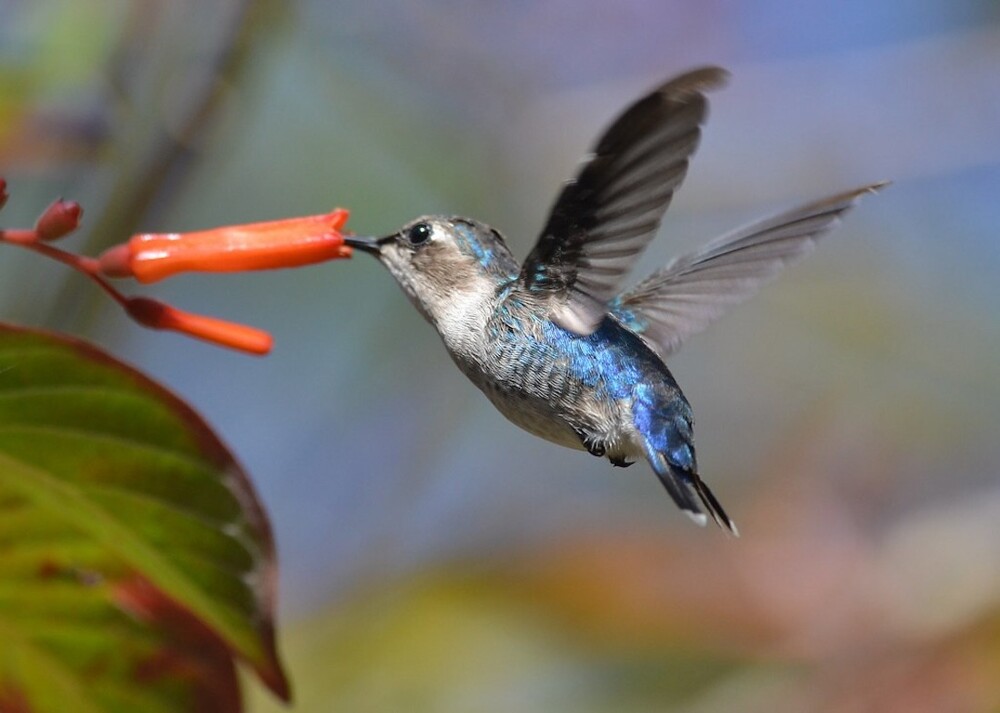
The Cuban bee hummingbird (Mellisuga helenae) weighs only 2 grams and is constantly in danger. Even if the larger “neighbors on the planet” do not strive to eat it, they can simply crush it, albeit by accident. The smallest bird (length - up to 5-7 centimeters) is also the smallest warm-blooded creature in the world - but at the same time quite fast and strong. Bee hummingbirds flap their wings at a speed of about 80 times per second and reach speeds of up to 50 km/h, flying around up to 1.5 thousand flowers per day - impressive. Since bees need a lot of energy to live, they remain in suspended animation at night. “The bird requires forested areas, and therefore today it can only be found in a few regions of the main island of Cuba, in particular in the Havana area, in the Zapata swamps and on the Guanaacabibes Peninsula,” the researchers say. The exact number of individuals is unknown, but they are clearly far from extinction: there are probably about 100 thousand bee hummingbirds in the world. Although deforestation still puts them in a vulnerable position.
Add your comment
You might be interested in:






